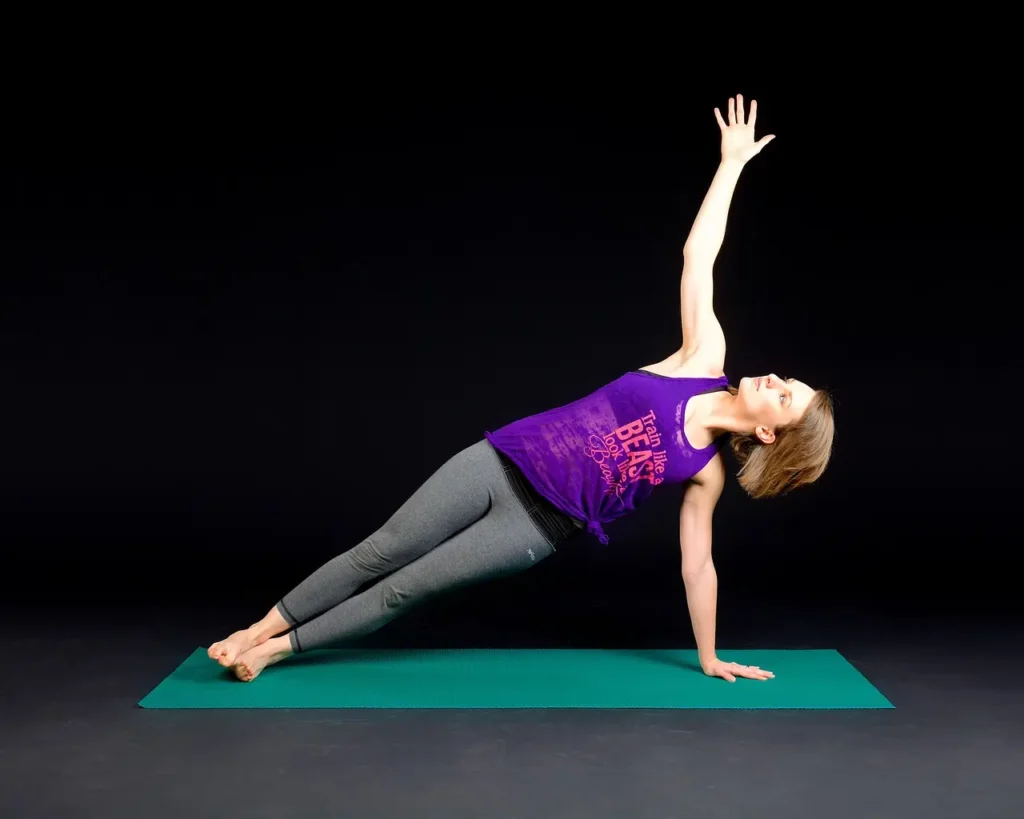Functional training is a dynamic and effective approach to fitness that focuses on improving movement patterns and enhancing overall performance in everyday activities. In this article, we’ll delve into the world of functional training and its incredible benefits for your fitness journey. From increased strength and flexibility to enhanced stability and injury prevention, we’ll explore the principles and techniques of functional training to help you equipped with the knowledge to take your fitness journey to the next level and truly maximize your workout potential. So, let’s explore the world of functional training and discover how it can revolutionize your fitness routine.
Moving Beyond Traditional Exercise
Functional training is a revolutionary approach to fitness that goes beyond traditional workout routines. Unlike conventional exercises that often focus on isolated muscle groups, functional training emphasizes movements that mimic real-life activities. This unique training method aims to enhance overall functionality and improve the body’s ability to perform everyday tasks with ease and efficiency.
In functional training, the emphasis is on dynamic movements that engage multiple muscle groups and joints simultaneously. Rather than isolating specific muscles, this approach focuses on integrating the body as a whole, fostering better coordination, balance, and stability.
The beauty of functional training lies in its ability to simulate real-life activities. For instance, squatting exercises can mimic the motion of sitting down and standing up, which is essential for maintaining mobility and independence as we age. Similarly, carrying heavy grocery bags can be replicated through exercises that involve lifting weights while engaging the core and stabilizing muscles.
One of the key advantages of functional training is its ability to improve overall functionality. Training the body to move in a more efficient and coordinated manner, individuals can experience enhanced performance in various physical activities. Whether it’s playing sports, running marathons, or engaging in recreational activities, functional training helps individuals develop the strength, flexibility, and endurance needed to excel.
Core Strength and Stability
A strong core is the foundation of a healthy and balanced body. It plays a crucial role in maintaining stability, enhancing posture, and improving overall physical performance. Building core strength is not just about achieving a six-pack; it’s about developing a solid foundation that supports the body in all its movements and activities.
Core muscles are located in the midsection of the body and include the muscles of the abdomen, lower back, hips, and pelvis. These muscles work together to provide stability and support to the spine, pelvis, and surrounding structures. A strong core helps maintain proper alignment, reduces the risk of injuries, and allows for efficient movement patterns.
Functional exercises are an excellent way to target and strengthen the core muscles while improving functional strength. Unlike traditional isolated exercises, functional exercises involve movements that replicate real-life activities and engage multiple muscle groups simultaneously. They promote better coordination and integration of the core muscles with the rest of the body.
One example of a functional exercise that targets the core is the plank. Planking involves holding a push-up position, with the body straight and supported by the forearms and toes. This exercise activates the abdominal muscles, lower back muscles, and stabilizing muscles of the hips and pelvis.
Another functional exercise that challenges the core is the medicine ball rotational throw. This exercise involves rotating the torso while holding a medicine ball and throwing it against a wall or to a partner. It engages the muscles of the core, including the obliques and deep abdominal muscles, while promoting rotational strength and stability. This exercise is particularly beneficial for sports that involve twisting movements, such as golf or tennis.
Exercises like squats and lunges improve core strength. These compound movements not only work the lower body but also engage the core muscles for stability and balance. Additionally, exercises such as the deadlift, kettlebell swings, and yoga poses like the boat pose or the plank variations are effective in strengthening the core and improving functional strength.

Training Movements Not Muscles
Full-body integration through training movements, rather than isolated muscles, is a game-changer in the realm of fitness. This approach emphasizes compound exercises that engage multiple muscle groups simultaneously, leading to improved coordination, enhanced overall fitness, and functional strength.
Compound exercises involve movements that utilize multiple joints and muscle groups in a coordinated manner. Unlike isolation exercises that isolate specific muscles, compound exercises work the body as a whole, mimicking the integrated movements required in real-life activities. These exercises challenge the body’s ability to coordinate various muscle groups, enhancing muscle recruitment, and promoting efficient movement patterns.
One of the key benefits of compound exercises is their ability to maximize time and efficiency. Engaging multiple muscle groups in a single movement, compound exercises allow individuals to achieve more in less time. This is especially valuable for those with busy schedules who want to make the most of their workout sessions.
Moreover, compound exercises stimulate the release of growth hormone and testosterone, which are essential for muscle growth and fat burning. The involvement of larger muscle groups triggers a greater metabolic response, leading to increased calorie expenditure and improved overall body composition. This makes compound exercises particularly effective for individuals looking to build lean muscle and lose excess body fat.
Additionally, compound exercises improve coordination and functional strength. Since they involve movements that replicate real-life activities, such as squats, deadlifts, or push-ups, they enhance the body’s ability to perform daily tasks with ease and efficiency. Whether it’s lifting heavy objects, climbing stairs, or participating in sports, compound exercises train the body to move as a cohesive unit, promoting better balance, stability, and agility.
Improving Flexibility and Mobility
Improving flexibility and mobility is essential for maintaining optimal physical function and preventing injuries. Functional training plays a vital role in enhancing range of motion, joint health, and overall mobility.
Dynamic stretching involves active movements that take the muscles and joints through their full range of motion. Unlike static stretching, which involves holding a stretch position for an extended period, dynamic stretching prepares the body for movement by increasing blood flow and activating the muscles. This type of stretching is especially beneficial before workouts or physical activities as it helps to warm up the body and improve joint mobility.
Mobility exercises focus on improving the functional range of motion in specific joints. These exercises target joint capsules, ligaments, and muscles to enhance flexibility and movement patterns. For example, hip circles, shoulder rotations, and ankle circles are dynamic mobility exercises that can improve joint mobility and prepare the body for a wide range of movements.

Functional Training Tools
Functional training encompasses a wide array of tools and props that add variety and challenge to workouts. These equipment options provide unique ways to engage muscles, improve strength, and enhance functional movements. Some commonly used tools in functional training include kettlebells, resistance bands, and medicine balls.
Kettlebells are versatile tools that offer dynamic and functional exercises. They have a unique shape, with a handle that allows for various grips and movements. Kettlebell swings, for example, engage multiple muscle groups while emphasizing hip drive and core stability. They can also be used for exercises like goblet squats, Turkish get-ups, and kettlebell snatches, which challenge coordination, strength, and mobility.
Resistance bands are portable and adaptable tools that provide variable resistance throughout exercises. They come in different resistance levels, making them suitable for all fitness levels. These bands can be used to target specific muscle groups, improve joint stability, and enhance flexibility. Exercises such as banded squats, lateral band walks, and standing rows with bands activate multiple muscle groups, including the core and stabilizers, while adding resistance.
Medicine balls are weighted balls that add resistance and instability to movements. They are often used for explosive exercises, rotational movements, and functional core training. Medicine ball slams, Russian twists, and wall balls are just a few examples of exercises that incorporate medicine balls. These exercises improve power, coordination, and overall functional strength.